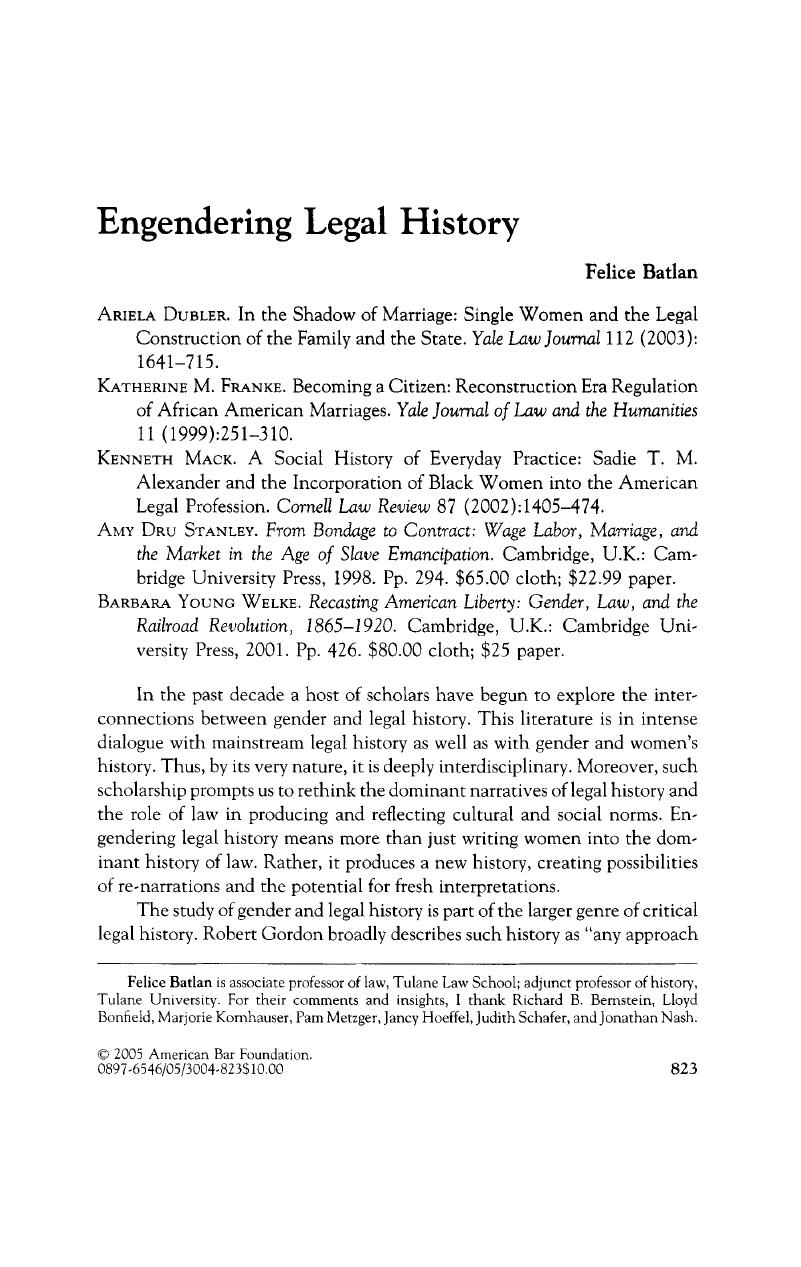Crossref Citations
This article has been cited by the following publications. This list is generated based on data provided by Crossref.
Tanenhaus, David S.
2013.
A Companion to American Legal History.
p.
209.
Vita, Leticia
and
Cacciavillani, Pamela Alejandra
2023.
Aportes de la teoría feminista para la historia del Derecho.
Revista Cálamo,
p.
113.





